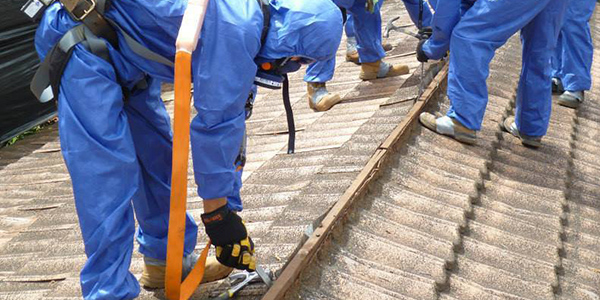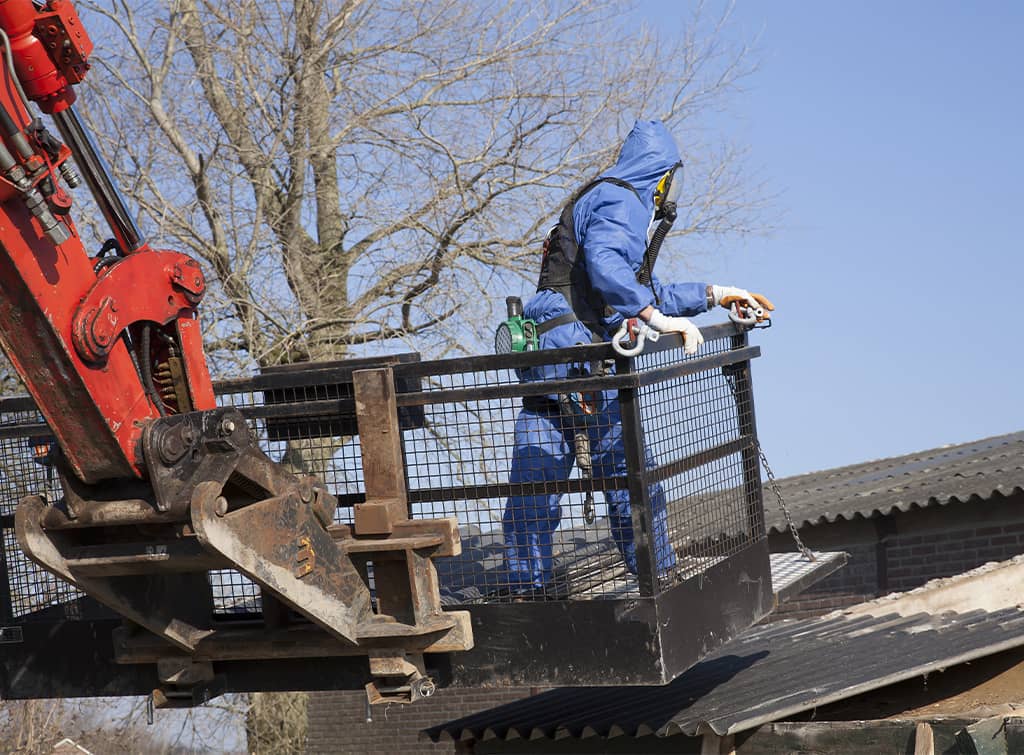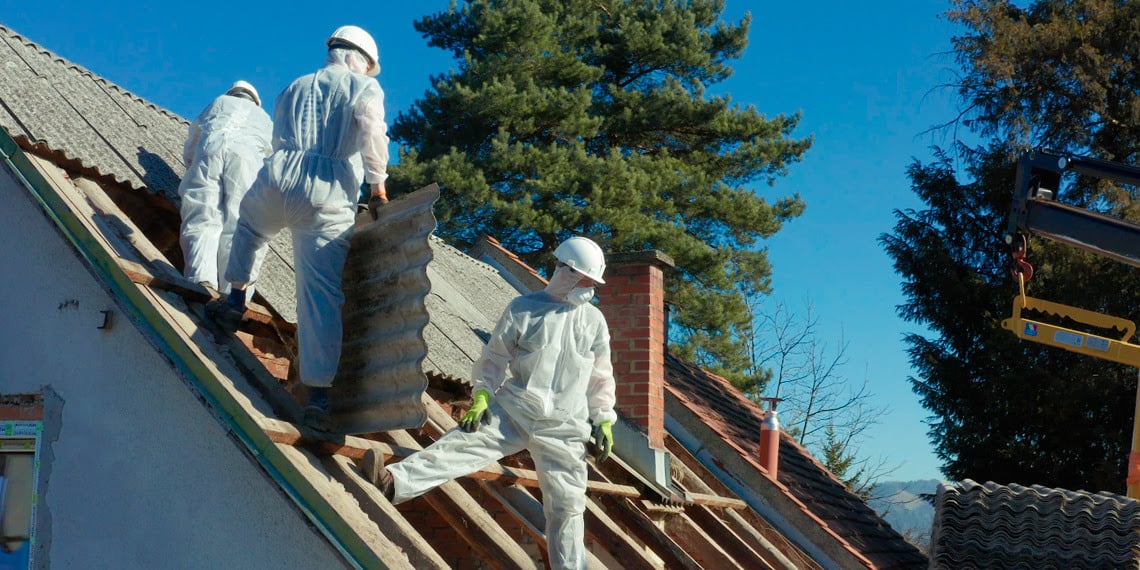Asbestos Roof Disposal Regulations In Sydney Safe, Reliable And Experienced Removal Services
Asbestos Roof Disposal Regulations In Sydney Safe, Reliable And Experienced Removal Services
Blog Article
Residential Asbestos Roof Removal Sydney Video Guides For Safe Removal
Asbestos management plans are important instruments for the safe handling and management of asbestos materials in numerous environments. With the health risks associated with asbestos exposure, together with lung disease and different critical respiratory conditions, having a complete management plan is important for any facility that may comprise asbestos.
The creation of asbestos management plans involves an intensive assessment of the premises where asbestos may be present. This contains identifying the forms of materials that include asbestos and evaluating their situation. Regular inspections are necessary because the integrity of asbestos-containing materials can degrade over time, elevating the danger of airborne asbestos fibers.

Once the assessment is performed, the plan should embrace clear procedures for managing asbestos safely. This consists of guidelines on tips on how to handle, keep, and, if necessary, remove asbestos-containing materials. Proper labeling and signage are additionally important to guarantee that workers and visitors are aware of areas that will pose a risk.
Asbestos Roofing Material Identification Diy Awareness For Asbestos Removal
Training and training play a significant role in the profitable implementation of asbestos management plans. Employees who might come into contact with asbestos must be educated about the hazards, safe work practices, and emergency procedures. Regular training periods can help keep safety at the forefront of office culture.
The management plan should define particular obligations for workers and management. Designating an asbestos coordinator can streamline the process of monitoring, reporting, and communicating about asbestos-related points. This individual serves as a point of contact for questions and concerns relating to asbestos safety.
Documentation is a key facet of asbestos management plans. Maintaining correct data of inspections, incidents, training, and maintenance actions is important for accountability and ongoing risk assessment. This documentation can also prove invaluable in case of regulatory inspections or legal inquiries.
Asbestos Testing Before Roof Removal Removal Of Asbestos Roof In Area
In addition to figuring out materials and implementing safe dealing with practices, the plan should outline response protocols for asbestos-related emergencies. Asbestos Waste Transportation Guidelines. These protocols should embody measures to observe within the event of a fabric breach or suspected fiber launch. Providing clear steps may help mitigate risks and guarantee swift motion
Periodic evaluation and updating of the asbestos management plan are vital to replicate any adjustments in regulations, office situations, or materials present. Continuous improvement is essential to adapt to new information or applied sciences associated to asbestos safety. Stakeholders must be concerned in this process to ensure that the plan remains related and effective.
Removal Of Asbestos Roofing Materials Safe, Reliable And Experienced Removal Services
Compliance with local and national regulations concerning asbestos is non-negotiable. Organizations should stay informed about relevant legal guidelines and guidelines that govern asbestos dealing with and disposal. This helps avoid legal penalties and enhances the overall safety tradition throughout the group.
Community awareness is one other essential factor in effective asbestos management plans. Engaging with native authorities, health businesses, and the community can foster a higher understanding of asbestos-related issues. This collaboration ensures that each one events are knowledgeable about potential risks and safety measures in place.
Asbestos management plans do not operate in isolation; they're part of a broader health and safety strategy. By prioritizing the well-being of employees and the surrounding community, organizations can contribute to a safer environment. The integration of asbestos management with different safety protocols allows for a holistic approach to office safety.
Impact Of Asbestos On Property Value In Sydney Hazardous Materials & Disposal Services
The goal of an asbestos management plan is not only compliance but in addition proactive risk management. By effectively figuring out hazards and implementing mitigation strategies, organizations can considerably scale back the chance of asbestos exposure. This commitment to safety finally protects both workers and the bottom line.
Effective communication in regards to the asbestos management plan is important for fostering a culture of safety. Clear dissemination of data ensures that everyone understands the risks and the measures in place to mitigate them. Providing clear reporting channels encourages workers to voice considerations and contribute to safety efforts.
Finally, the importance of periodic monitoring can't be overstated. Regular audits of the asbestos management plan help identify areas for enchancment and verify that safety measures are adopted. Continuous evaluation creates a feedback loop, selling a safer working environment.
In abstract, asbestos management plans serve as essential frameworks for controlling and managing the risks related to asbestos exposure. Through thorough assessment, effective communication, ongoing training, and regular updates, organizations can create safe environments for his or her employees and the community. The focus should at all times be on proactive measures, compliance with regulations, and a strong safety tradition.
Asbestos Safety Guidelines For Roof Work Risks Associated With Asbestos Roofs
By making certain that every aspect of the plan is well-executed, organizations can significantly decrease the risks tied to asbestos materials. This ongoing dedication to safety will not solely protect people but also improve organizational popularity and trust.
Continuous adaptation and refinement of asbestos management plans will ultimately lead to a more educated workforce that prioritizes safety above all. Such a tradition is important for reaching long-term safety goals and ensuring the health of all stakeholders involved.
Preventing Asbestos Contamination During Roof Work Find A Licensed Asbestos Removalist
Ultimately, the well-being of staff and the environment ought to guide the development and implementation of any asbestos management strategy. By remaining vigilant and diligent in their strategy, organizations can navigate the complexities of asbestos management successfully.
In conclusion, the roadmap for asbestos safety is difficult but vital. A rigorously crafted and executed asbestos management plan, full with thorough assessments, communication protocols, and ongoing training, lays the groundwork for a secure and compliant office. This proactive approach fosters a protective environment for all those involved, solidifying the commitment to safety for the long run.
- Asbestos management plans define protocols for identification, assessment, and management of asbestos-containing materials in various settings, notably in buildings.
- Regular inspections and risk assessments are crucial elements of an asbestos management plan, making certain ongoing monitoring and up to date info concerning potential hazards.
- Training for personnel on asbestos awareness and safety measures is crucial, ensuring that employees are knowledgeable concerning the risks and procedures related to asbestos exposure.
- Development and maintenance of an inventory of asbestos locations, types, and conditions allow for informed decision-making when planning renovations or demolitions.
- Emergency response procedures tailored for asbestos-related incidents assist reduce health risks throughout unexpected conditions involving asbestos disturbance.
- Effective communication strategies within an organization inform all stakeholders of asbestos management plans, highlighting obligations and encouraging a tradition of safety.
- Documentation of all asbestos-related actions, together with removal, encapsulation, or repair, is critical for compliance with regulatory requirements and for future reference.
- Stakeholder engagement, together with occupants and neighboring properties, is significant to raise awareness and address concerns concerning asbestos management and safety practices.
- Integrating asbestos management plans with total health and safety insurance policies can create a cohesive method to office safety and environmental health.
- Regular evaluations and updates of the asbestos management plan guarantee relevance and effectiveness, adapting to any modifications in regulations, building occupancy, or material condition.undefinedWhat are asbestos management plans?
Asbestos Removal Certification In Sydney Testing, Removal & Disposal Of Asbestos

Asbestos management plans are paperwork that define the method to manage asbestos on a property. They detail the placement, situation, and types of asbestos-containing materials, together with methods for safe monitoring, maintenance, and mitigation.
Why do I need an asbestos management plan?
An asbestos management plan is crucial for protecting health and safety. It ensures that every one potential asbestos hazards are identified and managed appropriately, minimizing the risk of exposure to people on the property.
Asbestos Waste Transportation Guidelines Removal Of Asbestos Roof In Area
Who is responsible for creating an asbestos management plan?
Typically, the property proprietor or employer is liable for developing and implementing an asbestos management plan. It is often really helpful to consult with certified professionals or licensed asbestos surveyors to ensure compliance with regulations.

How often ought to my asbestos management plan be reviewed? Diy Asbestos Roof Removal Considerations.
Long-Term Effects Of Asbestos Roof Removal How To Get Your Roof Replaced For Under 1000
Asbestos management plans must be reviewed at least each 12 months or whenever vital changes occur on the property, corresponding to renovations or injury to areas containing asbestos. This ensures that the plan stays up-to-date and effective.
What should I do if my asbestos management plan identifies risks?
If risks are recognized, instant action must be taken according to the plan. This might embody repair, encapsulation, or removal of asbestos materials by licensed professionals, along with notifying affected people about the risks and safety measures.
Can I manage asbestos issues myself with no plan?
Removal Of Asbestos Roofing Materials Removal And Disposal Of Asbestos
It isn't advisable to administer asbestos points and not using a formal plan. Improper dealing with can result in severe health risks and legal consequences. Consulting a professional professional is crucial for safety and compliance with regulations.
How do I discover a qualified professional for my asbestos management plan?
To find a qualified professional, search for licensed asbestos consultants or surveyors in your space. It is necessary to check their certifications, experience, and critiques to make sure they meet regulatory requirements and have an excellent observe report of safety.
Asbestos Roof Removal Services In Sydney Removal & Replacement Of Roof Asbestos
What happens if I don’t have an asbestos management plan?
Lack of an asbestos management plan can lead to non-compliance with local regulations, resulting in heavy fines, legal liability, and increased health risks for occupants. It is important to have an efficient plan in place to administer asbestos safely.
Is training required for these dealing with asbestos management plans?
Yes, people concerned in managing asbestos should receive appropriate training. This includes understanding the risks, the specifics of the management plan, and safe work practices. Regular training ensures everyone is prepared to answer potential asbestos issues effectively.
check this useful site Report this page